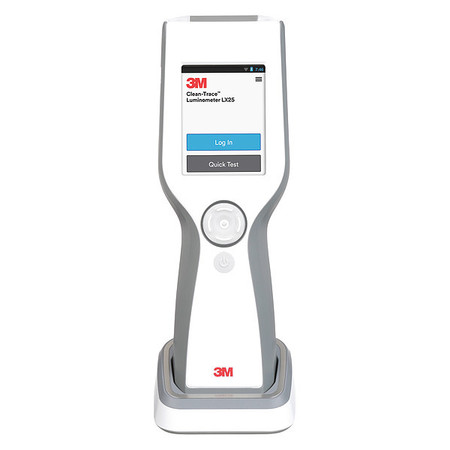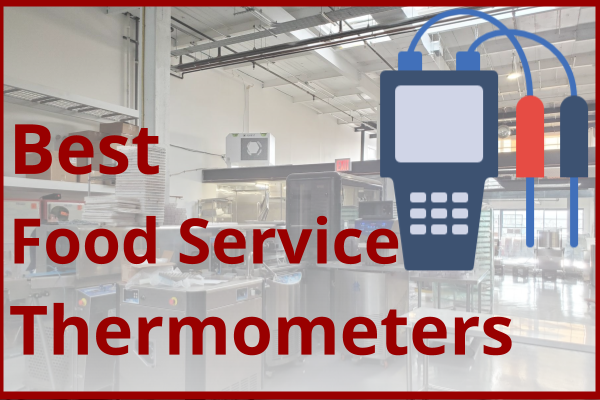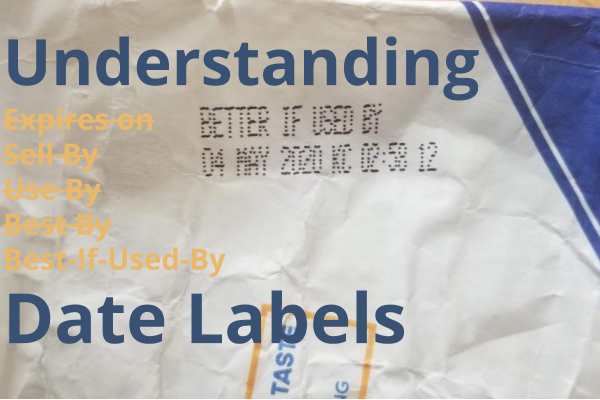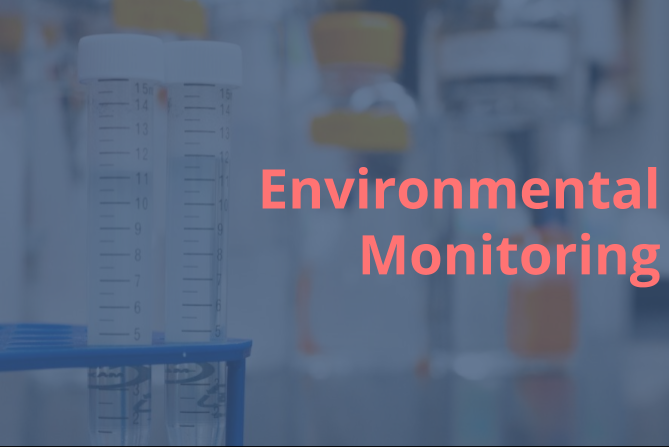What is ATP Testing?
ATP testing is a type of environmental monitoring that answers a single question — has this surface been properly cleaned?
How does ATP testing work?
ATP testing works like this: there is ATP in all organic matter. A properly cleaned surface should have a very low level of ATP whereas an unclean surface will result in higher levels of measured ATP.
Measuring ATP on a surface which has been already cleaned gives you a quantitative answer of how effective your cleaning efforts were.
Food manufacturers use an ATP tester (also known as a luminometer) to verify whether their cleaning efforts are successful. When you detect a high amount of ATP on a surface, then you should re-clean that area immediately and reconsider whether your existing cleaning efforts need upgrading.
How is ATP measured?
An ATP test is conducted using a device called a luminometer. Typically, you would swab a surface several times after your cleaning programs have been completed. It’s best to take multiple swabs when testing a single area so that you can get more a more accurate test result.
Next you would place each swab in your luminometer and it would instantly provide a result measured in RLUs (relative light units). This result is achieved by reading the amount of light produced by the sample.
High RLUs = dirtier surface (more ATP)
Low RLUs = cleaner surface (less ATP)
A common starting point for food processing facilities would be to set a passing score as fewer than 150 RLUs (for comparison, a hospital ICU might have a passing score of < 10). Ultimately, the tolerance for ATP on a surface depends on the sanitation standards for that facility and the operator’s tolerance for risk.
What does an ATP Test Result Tell You?
It’s important to understand the difference between an ATP test and other types of environmental monitoring tests. An ATP test only gives a sense of how well something has been cleaned.
For example, a prep table in a food processing facility could show high levels of ATP (i.e. an unclean surface) while providing a negative result on a series of environmental pathogen tests. This is because ATP tests will register any organic matter on a surface, even if none of that organic matter is specifically pathogenic.
To reiterate — an ATP test answers a single question — is this surface clean?
Should I begin an ATP testing regimen in my food processing facility?
It depends. Doing a one-time series of ATP tests across your facility will give you a baseline indication of how effective your cleaning practices are. This can be helpful in adjusting/improving your existing sanitation programs.
However, it’s important that you already have strong sanitation practices in place before you begin routinely testing ATP. Swabbing surfaces which have not been sufficiently cleaned will consistently indicate high levels of ATP and a failing result.
If the sanitation practices in your facility are inconsistent or haphazardly enacted, it’s worth tackling these issues before you launch an ATP testing regimen.
Implementing an ATP Testing Program
Implementing an ATP testing regimen requires three broad steps:
Map your facility by hygienic zone (e.g. risk).
Determine relevant testing sites. As a starting point, consider the the critical control points (CCPs) and preventive control steps outlined in your Food Safety or HACCP plan.
Determine the cadence of testing.
Building an environmental monitoring plan is a unique process for every food processing environment. You’ll want to consider a few questions when writing your ATP testing plan
How difficult is this surface to clean?
How close is this surface to the food itself?
Hard-to-clean surfaces which make direct contact with the food (e.g. conveyer belts) will take higher priority than easy-to-clean surfaces which do not have direct contact with the food (e.g. sinks, walls)



















































































